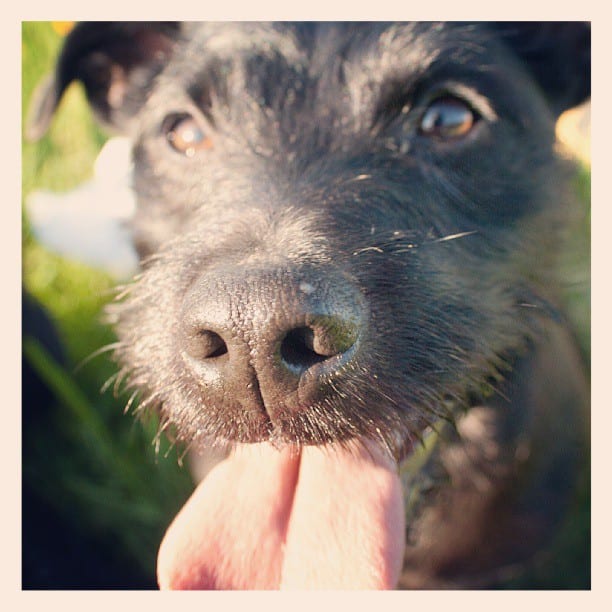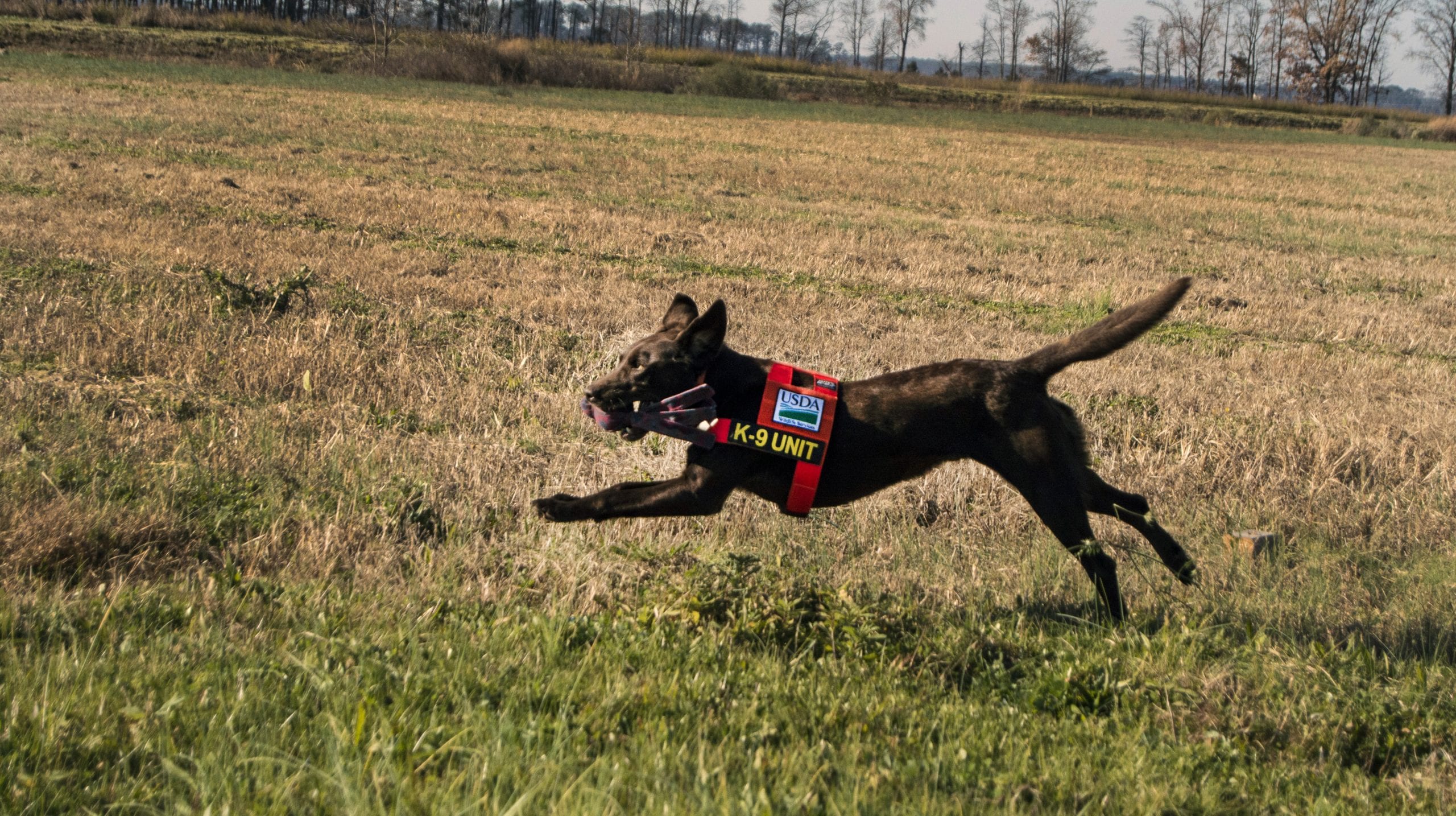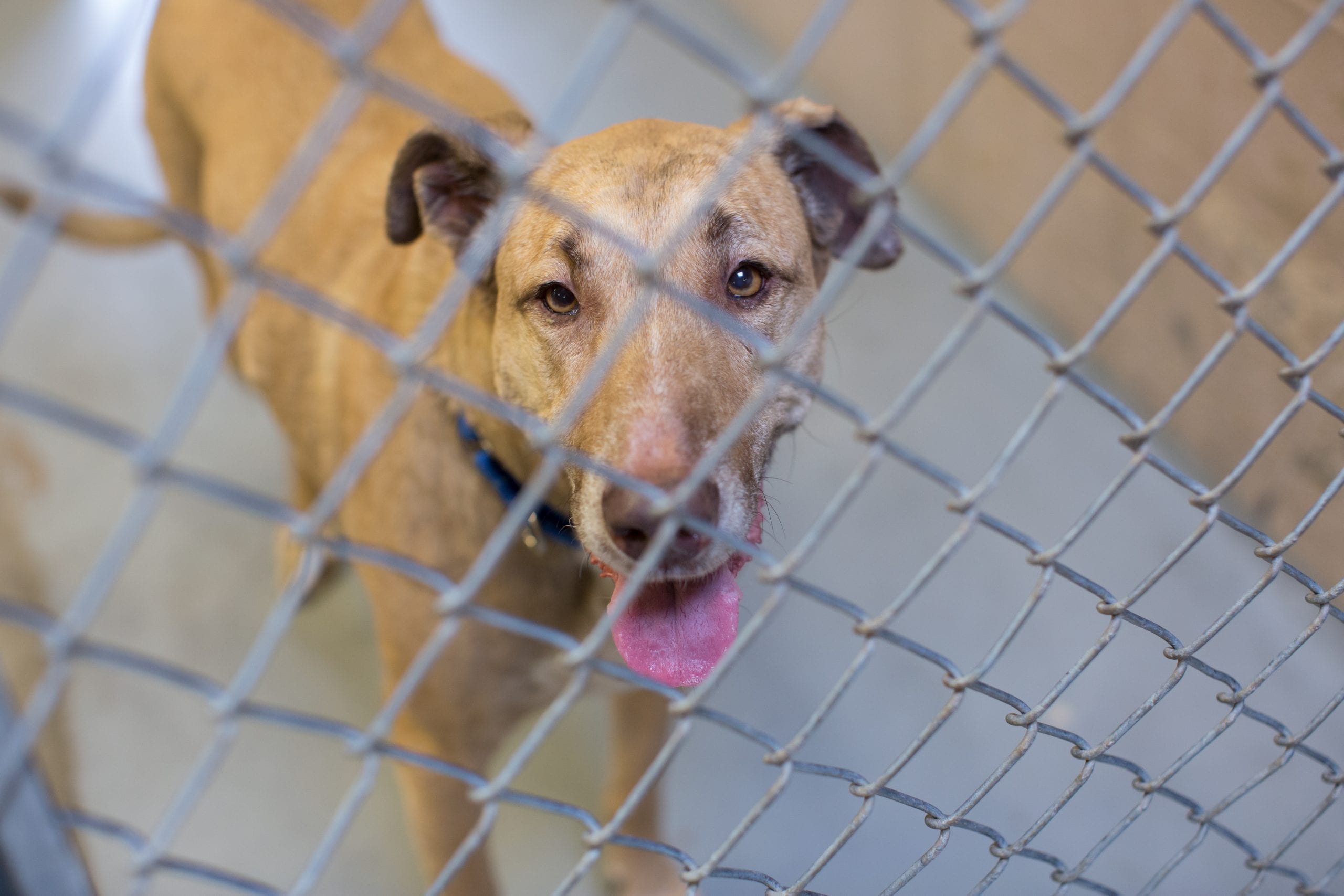From hunting to detection of drugs and bombs to search and rescue, it seems there is no limit to the ways we can take advantage of the keen sense of smell possessed by man’s best friend. What is less known is that the same qualities that enable dogs to find drugs and track down animals so effectively also enable them to track down hard-to-detect wildlife species.
Animal Tracking
A large portion of wildlife studies aim to figure out distributions and population sizes of certain species. In order to detect the presence of an animal species, researchers employ a myriad of methods, including GPS tracking, camera traps, hair snares, and locating feces, aka scat. For species that are more abundant and accustomed to human observation, tracking is more straightforward. However, some elusive species, such as large cats and gorillas, are relatively rare in the wild and can move far in a short amount of time, which make them difficult to track. This is especially a problem if the species is of conservation concern, such as the Javan Rhinoceros.
Enter the conservation dogs
To overcome the issue of studying elusive wildlife, researchers have come to rely on conservation dogs for help. Conservation dogs are trained to detect the scent of certain wildlife species and locate evidence of the animals' presence, such as scat or tracks. Their keen olfactory sense makes them an ideal tool for detecting signs undetectable by humans. A study on tracking lowland gorilla in Africa reported that fresh gorilla scats were a lot more likely to be detected by dogs than by humans.

During training, dog handlers use the scat that the dogs are trained to detect as a tool. When the dogs find a scat, they are trained to signal that it is the correct sample and then are rewarded with play time with their favorite toy or ball.
In the field, when the scats are collected, the samples are analyzed in the lab using genetic markers to confirm the source. Sometimes it is possible to gain information about the animal that left the scat, such as its sex, diet and hormonal compositions. It is even possible to identify specific individuals in some cases, which helps researchers estimate how many individuals are in the study population.
Unlike humans, dogs do not rely solely on visual cues to locate objects which allows them to detect scat buried in snow or marsh. Another benefit of using scat detection dogs is that it is a less invasive approach compared to other animal tracking techniques, such as trapping and tagging animals with GPS collars.

Though the initial cost of starting a team of conservation dogs (e.g. fostering and training) can be high, the high detection rate by dogs make them more cost-effective when compared to using human-only detection protocols. Additionally, researchers can lease dogs from existing organizations such as Conservation Canines and Working Dogs for Conservation to avoid the cost and hassle of acquiring and training dogs from the beginning. For international projects, the more cost-effective option is to work with locally available dogs and handlers instead of transporting dogs from the U.S.
Where do the dogs come from?
Many of the conservation dogs come from dog rescue organizations, and are often the dogs that are toy-obsessive and have high energy. While these qualities may make them unsuitable as house pets, they are great in detection dogs. However, successful conservation dogs are few and far between. As few as one in every 200–300 dogs from the shelters have the hunting instinct or toy drive to be selected to train for conservation work. Of those selected, only 40% successfully complete the training program.

A recent review of published studies that use conservation dogs revealed that “…traits relating to problem solving, intelligence, and trainability were reportedly selected for in many studies.†While breeds used for conservation dogs vary, the more successful breeds appear to be the ones that have a higher number of odor receptor cells, hence better sense of smell. Not surprisingly, researchers also prefer typical working breeds (e.g. Shepherd, Retrievers, and Setters) that are accustomed to working in difficult terrain and inclement weather.
Conservation dogs have been used to detect killer whales, wolves, cougars, armadillos, gorillas, kiwis, snakes, ground squirrels, salamanders – the list goes on and on. There are even studies underway that use them to detect fish in rivers! It turns out, the real conservation heroes have four legs, are obsessed with balls, and possess the ability to steal your heart with derpy smiles.
Featured image citation: “20151125-APHIS-PJB-0012” by U.S. Department of Agriculture via Flickr is licensed under CC BY 2.0.
About the author:
 |
Angela Hsiung is a PhD student in Warnell School of Forestry and Natural resources at UGA. She enjoys studying wildlife and fish ecology and conservation. Aspiring to be a master of none, when Angela is not at school, she can be found lagging behind a group of runners while gasping for breath, mis-identifying a bird, or failing spectacularly at playing “Sweet Home Alabama†on the guitar. You can contact her at solitaire.hsiung@gmail.com. More from Angela Hsiung. |
About the Author
- athenssciencecafehttps://athensscienceobserver.com/author/athenssciencecafe/April 17, 2020
- athenssciencecafehttps://athensscienceobserver.com/author/athenssciencecafe/April 12, 2020
- athenssciencecafehttps://athensscienceobserver.com/author/athenssciencecafe/April 3, 2020
- athenssciencecafehttps://athensscienceobserver.com/author/athenssciencecafe/March 30, 2020







